Glycerine Evaporation, Distillation & Bleaching
We believe in providing top quality workmanship and are so confident in our level of service that we back.
We believe in providing top quality workmanship and are so confident in our level of service that we back.
A Glycerine Evaporation, Distillation & Bleaching Plant is a comprehensive system designed to refine crude glycerine produced as a by-product of biodiesel production into high-purity glycerine suitable for various industrial and pharmaceutical applications. The plant integrates multiple processes including evaporation, distillation, and bleaching to ensure the glycerine meets the required purity standards.
The Muez-Hest Glycerine Plant produces high-purity glycerine (up to 99.7%) for pharmaceuticals, cosmetics, and food products. It also supplies glycerine for industrial applications like antifreeze, plastics, and textiles.
Purification and Transfer: Crude glycerine solutions, which may contain significant amounts of water and impurities, are purified and then transferred to the concentration chamber. 1st Effect Evaporation: The solution is preheated and introduced into the 1st effect evaporator, operating at approximately 130°C with steam at 8-10 bar pressure to remove initial moisture. 2nd and 3rd Effect Evaporation: The solution undergoes further evaporation in the 2nd and 3rd effect evaporators at progressively lower temperatures (80°C and 50°C, respectively), enhancing moisture removal while reducing energy consumption. Condensate Collection: The condensate formed during evaporation is collected and reused as process water, optimizing resource use and promoting sustainability.
Methanol Removal: Methanol is removed from crude glycerine via distillation and recovered for reuse in biodiesel production.
Water Removal: Dehydration removes water content, preventing dilution and enhancing purification efficiency.
Chemical Treatment: Chemicals such as acids and bases neutralize impurities and precipitate contaminants, which are filtered out.
Final Distillation: The purified glycerine is distilled to achieve a high purity level, typically 98.7% or higher, ensuring compliance with pharmaceutical or industrial standards.
Bleaching Process: The final yellowish glycerine product is bleached using activated fixed bed carbon to meet pharmaceutical standards and achieve optimal color quality.

Strategies to ensure proactive domination. At the end of the day,User generated content in real-time will have multiple touchpoints for offshoring.




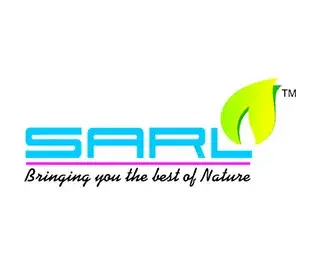

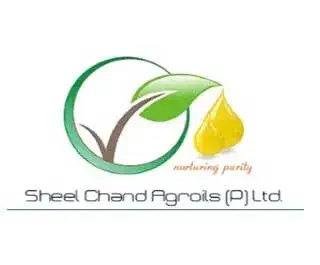
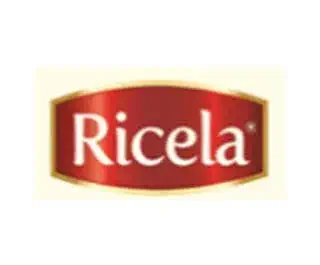
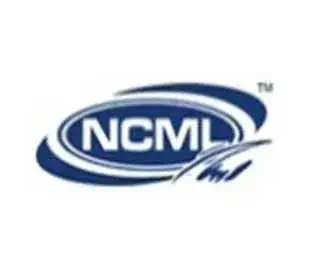
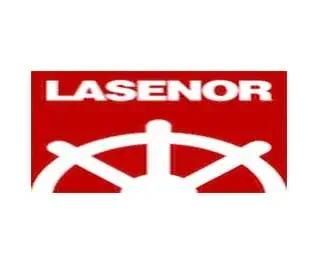
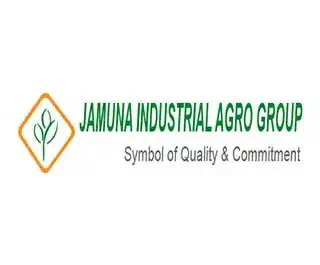
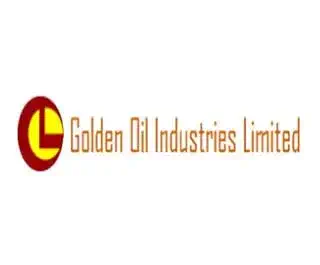




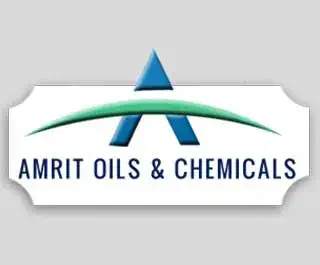
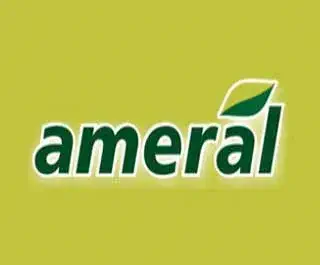
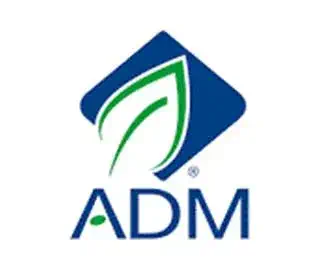
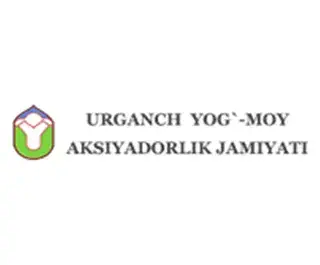
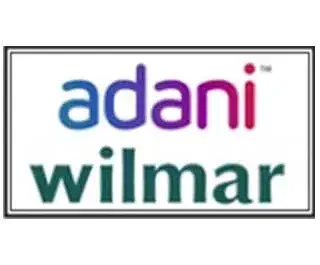

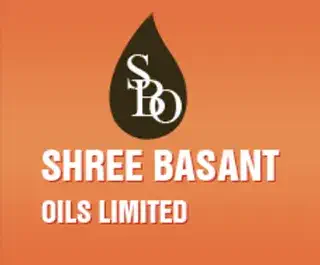
Discover some of the most asked questions Glycerine Evaporation, Distillation & Bleaching.
Glycerine evaporation concentrates glycerin-rich water by removing excess moisture, preparing it for further purification and distillation processes
Methanol is removed through a distillation process, where it is recovered and reused in the biodiesel production process.
Chemical treatments with acids and bases neutralize impurities and precipitate contaminants, which are then removed through filtration.
The final distilled glycerine typically achieves a purity level of 98.7% or higher.
The plant promotes sustainability by recycling condensate as process water, recovering methanol for reuse, and minimizing chemical dosing and waste.
Industries including pharmaceuticals, cosmetics, food processing, and various industrial applications benefit from the high-purity glycerine produced by the plant.